An Overview of Cystitis in Cats
When you hear your cat has cystitis, your brain might not immediately jump to the bladder, but that’s precisely what it means! Cystitis means inflammation of the urinary bladder and is a non-specific term meaning many different things can cause it.
Cystitis is just one type of lower urinary tract disease that cats can get, but it is by far the most common, making up 2/3rds of the cases we see at vet clinics.
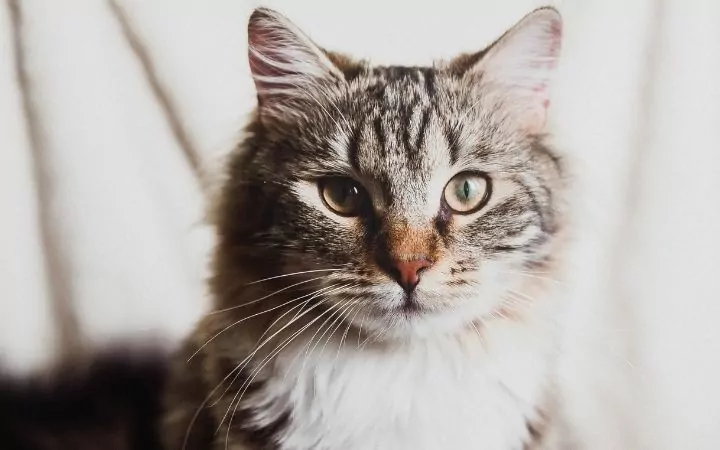
Cystitis can be difficult to manage and, in some cases, can lead to a life-threatening condition called urethral blockage. When we see cystitis in cats, it is typically idiopathic, meaning we can’t find a cause.
This adds to the frustrating nature of this condition because it can’t be easily fixed.
Today we will touch on the basics of cystitis in cats, including symptoms and treatment and what to look for when your cat needs emergency care.
The Signs of Cystitis
Classic signs of Cystitis include:
- Difficult or painful urination.
- Urinating more frequently.
- Blood in the urine.
- Urinating in unusual places (i.e., outside the litter box)
- Overgrooming -especially around the perineum.
- Being unable to urinate is a medical emergency, usually in male cats, and you must immediately bring your cat to the veterinarian if you suspect your cat can’t urinate.
Being unable to urinate can be life-threatening, so when in doubt, go to your veterinarian to have their bladder checked.
The Top Facts of FIC
- Feline Idiopathic Cystitis (FIC) is inflammation of the bladder where the cause can not be determined.
- Cystitis in cats is very common and is responsible for 8% of feline admissions to veterinary hospitals.
- It can be recurrent; up to 50% of cats that present with FIC have another episode within a year.
- It is rarely caused by bacteria in the urine (sterile cystitis); only 5% of cases show signs of infection. Where there are signs of bacterial infection, these most commonly occur in cats >10 years old.
- The disease can wax and wane no matter the medical treatment making it difficult to manage.
- Diet and behavioral management are the keys to preventing the recurrence of FIC.
- Approximately 20% of cases in cats <10 years old are caused by bladder or urethral stones.
- Cystitis is usually mild and can be managed with pain relief, but male cat owners must be aware of a blocked bladder’s signs, which is severe and life-threatening.
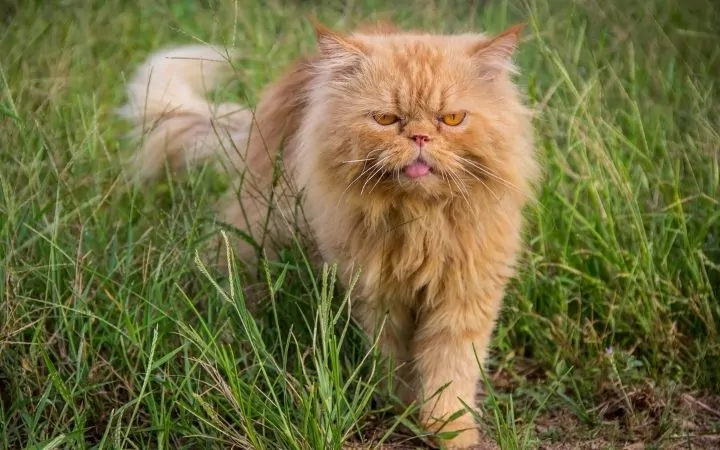
The Vet’s Top Tips for Dealing with a Blocked Cat
A blocked cat is a cat that can’t urinate; this is caused by something stopping urine from flowing through the urethra. It is much more common in male cats due to them having a much longer and more narrow urethra than females.
This blockage can be caused by muscle spasms or something plugging it, such as mucus, crystals, or a stone.
Whatever the cause, having a blocked bladder is an emergency. The urine that the kidneys produce continues to fill the bladder even when blocked; this can cause damage to the bladder and the kidneys and the toxins in the bladder going into the blood, affecting other organs such as the heart.
If your cat doesn’t receive medical care immediately, blocked bladders can cause permanent damage or can be life-threatening.
The signs you might see when your cat becomes blocked are:
- Vocalizing its pain.
- Frequent visits to the litter box without any urine being produced.
- Vomiting.
- Lack of appetite.
- Restlessness.
- Hiding.
- Straining to urinate.
Modification Factors and Management
The management of FIC is critical due to it often recurring. 50% of cats seen at vet clinics with FIC will recur within a year. The good news is there are ways to help modify the home environment to prevent episodes of FIC.
This is called Multimodal Environmental Modification (MEMO; it has been shown to be effective in managing FIC by reducing the number and severity of recurrent episodes.
It’s important to realize that each cat is different, and any modification should be done with your individual cat in mind.
Some examples of MEMO that you can integrate at home include:
Litter box hygiene
Litter boxes should be cleaned regularly and placed in locations that your cat feels comfortable in. It can be helpful to have multiple litter boxes in the house in different areas. You can try different types of litter and various types of boxes.
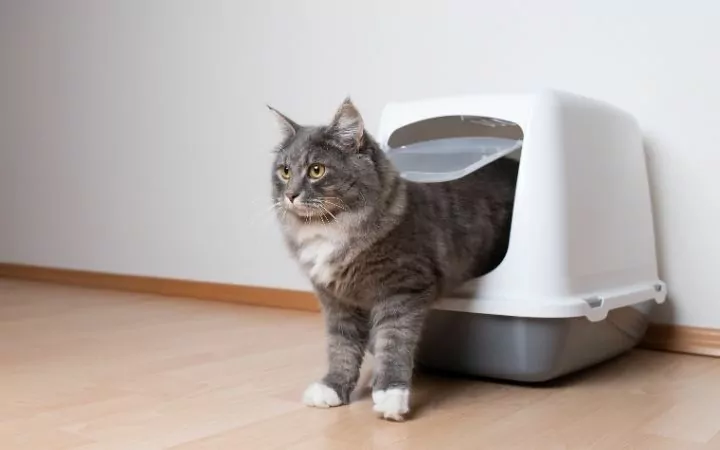
The general rule of thumb is that there should be one litter box per cat in the household plus one extra. If your cats go outside, that can count as the extra litter box, assuming they have regular access.
Access to food and water
To encourage water intake by offering lots of different water sources in your house and regularly changing the water. Access to fresh food will also help decrease stress, and using wet food will also help hydrate your pet.
Using a urinary diet with an anti-stress additive will also help in more highly strung cats. Other ways to encourage drinking are purchasing cat water fountains, flowing water is usually more commonly drunk, or adding flavouring such as fish or chicken stock to water (note: always make sure all the ingredients are cat safe).
Increased contact
Despite what many people may think, most cats enjoy spending time with their owners. Activities such as grooming, petting, playing games, and feeding treats may help reduce stress and keep your cat entertained, which is another excellent stress reliever.
Private spaces
Nervous cats in busy households, especially multi-pet families or young children, may appreciate access to a safe space that they won’t be disturbed. One example can be having an area on top of the fridge with a cave bed or leaving the window open in an infrequently used room so your cat can come and go as they please.
Other cats in the household
Inter-cat aggression can be a significant stress factor in a cat’s life. It is essential to be aware that any cat that develops FIC and lives with other cats may be dealing with stress from being in close proximity to another cat.
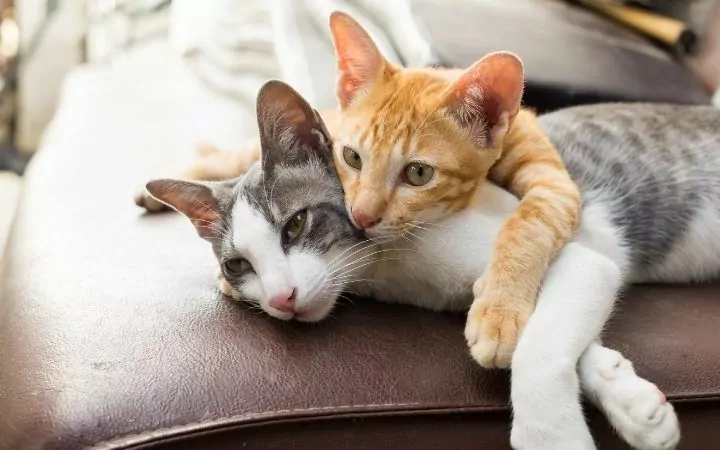
Cats don’t live in close confines with other cats in the wild, so this is unnatural for them. Although it’s a difficult decision, rehoming your cat with FIC to a single cat household should always be considered as this may really help them.
Time indoors
Cats that are indoors only are prone to becoming bored, which makes them more susceptible to stress. If outdoor access isn’t possible, consider enriching the indoor environment as much as possible.
Ideas include extra playtime with new toys, building a run for your cat to have confined outdoor access, different spaces in the house such as cat towers or shelves. The calming pheromone spray Feliway can also help to relieve stress in indoor environments.
Types of Cats Affected by FIC
Risk factors for developing FIC include:
- Male cats.
- Castrated felines.
- Overweight cats.
- Indoor-only felines.
- Cats that have anxiety.
- Felines on a dry food-only diet.
- Multi-cat households.
- Litter boxes: dirty litter boxes, in the wrong location, too few, the wrong type of litter.
- Osteoarthritis or other illnesses.
- Water bowls: dirty, not changed regularly, in a poor location.
- Kidney disease-causing a lower concentration of urine.
Pathogenesis and Urinary System
The exact cause of feline idiopathic cystitis is unknown but what is clear is that the nervous system, adrenal glands, and urinary bladder interact along with environmental factors leading to some measurable changes.
In an average cat, the bladder and urethra’s lining is strong enough to create a barrier between the caustic urine and the delicate tissues beneath it.
In cats with FIC, the lining becomes more permeable, and the urine volume decreases, making it more concentrated and hence more corrosive. The damaged barrier cannot protect the sensitive tissues beneath it, leading to inflammation, i.e., cystitis.
This inflammation also makes cats feel sick, so they don’t want to drink, leading to further urine concentration as the cat becomes dehydrated, exacerbating the problems creating a vicious cycle.
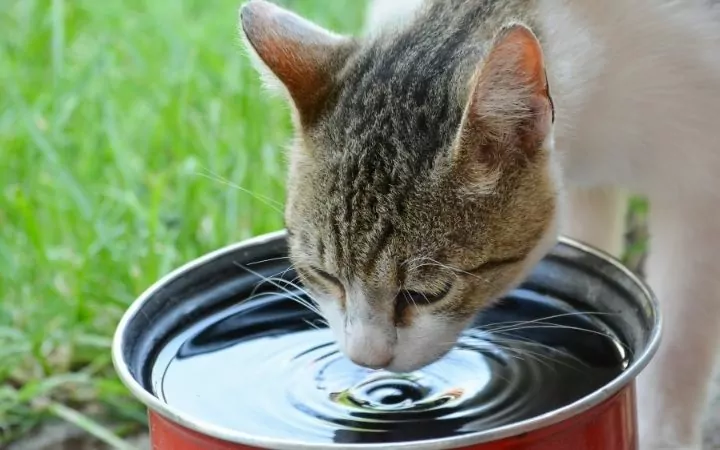
Affected cats are also different neurologically. They are more frightful and can feel pain more acutely than other cats due to more adrenaline being produced in the body and larger sensory neurons in the dorsal horn.
This condition is self-limiting and, for an unknown reason, will resolve. It is, however, waxing and waning, and without proper management, can continue to recur.
It is evident that stress plays a role, although it is difficult to prove. Examples of everyday stress factors include a history of frequent boarding, new pets or babies in the home, house sitters, inclement weather, multi-cat households leading to competition for resources, access to litter boxes, and being confined indoors.
The Optimal Prevention Plan
There is no one way to prevent your cat from developing FIC. It can help preemptively use some of the modifications (MEMO) described above to avoid unnecessary stress in your pet in at-risk cats.
If your cat develops cystitis signs, a visit to the vet to rule out other possible causes is essential before a FIC diagnosis can be made. In cats with recurrent episodes, MEMO along with diet change, supplements, and veterinary prescribed medicines can help to reduce the number and severity of outbreaks. The good news is that episodes of FIC tend to become less frequent as cats age.

Summary
FIC is a frustrating condition for owners and a painful condition for cats. With appropriate medical and environmental changes, cats living with FIC can live more comfortable and less stressful lives.
Rarely FIC can become life-threatening, so it is vital to know what the warning signs of a blocked bladder are, especially if you have a male cat so that you can get your pet rapid veterinary care.
